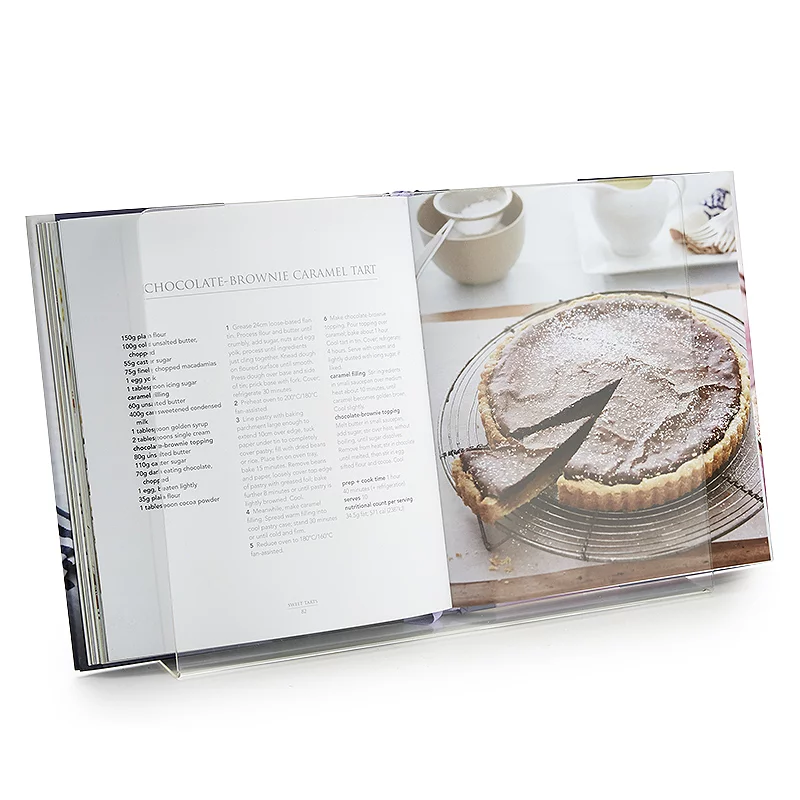What is recluttering? This unconventional decluttering trend is causing a stir amongst the pros
Don’t clear out clutter, ‘curate’ it instead…
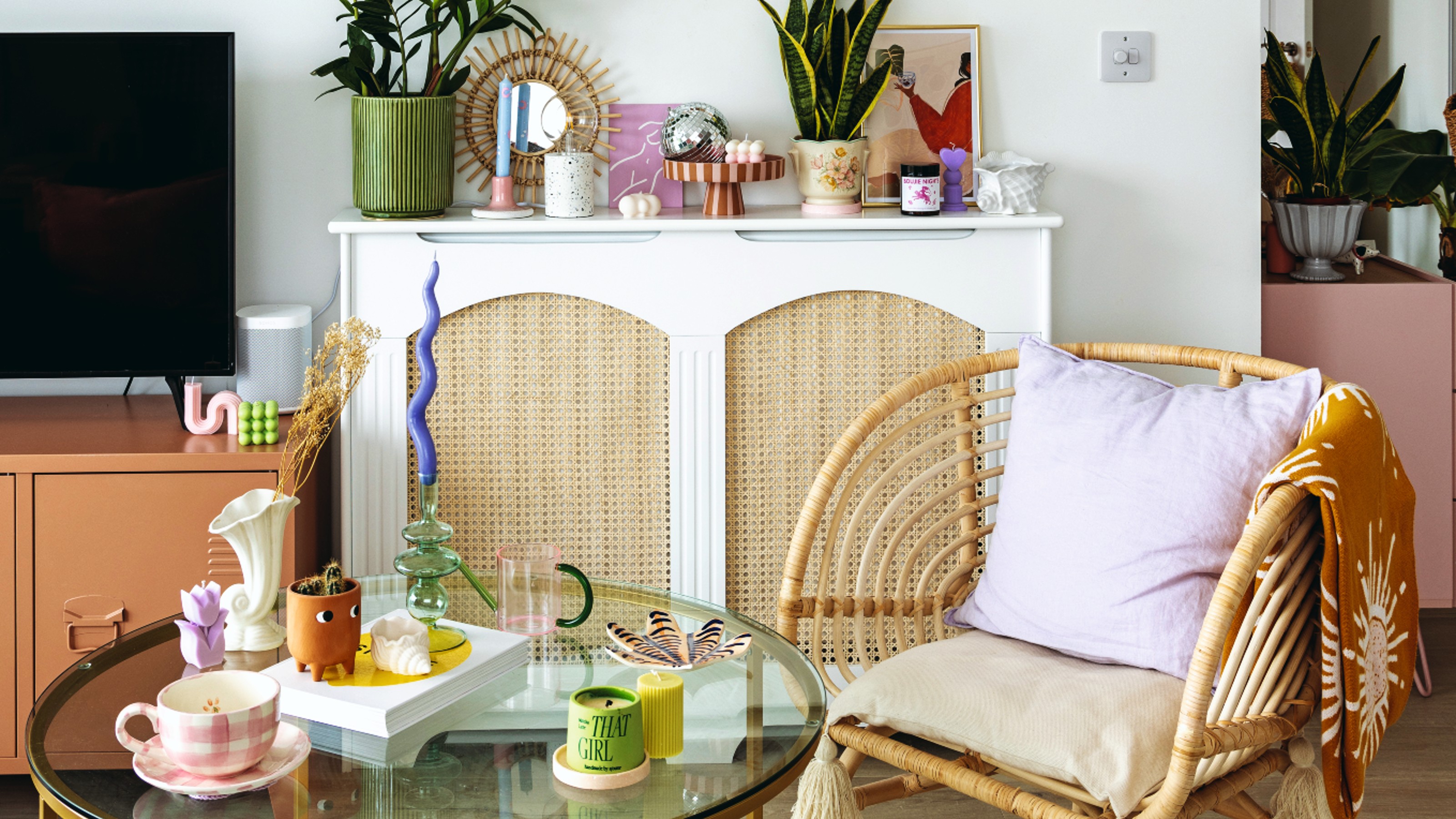
The minimalist mantra ‘less is more’ has dictated how the majority of us organise our homes for what feels like forever – and for good reason. There’s no denying the satisfaction of clearing things we no longer need or use, and it certainly makes for a neater home.
The ‘urge to purge’ isn’t without its downfalls, however. The constant pressure to rid your home of ‘unnecessary’ items can become pretty overwhelming, plus you run the risk of clearing not just clutter from your home, but personality, too. In response to this, a new – somewhat unconventional – decluttering trend has started to emerge, known as ‘recluttering’.
Unlike other decluttering methods, recluttering encourages us to discard our negative associations towards ‘clutter’ and create a conscious, more mindful relationship with our belongings, instead. Essentially, if something brings joy, purpose or personality to us and our homes, it’s worth holding on to, whether it’s ‘necessary’ or not.
This has sparked controversy amongst the pros, and we can see why. Our inner hoarder could justify holding onto just about anything, so where do you draw the line?
We’ve spoken to home organizing and decluttering professionals to find out more about controversial decluttering trend. Could it be a good idea for our homes, and if so, how do we apply it successfully?
What is a recluttering?
It’s a well-known fact that a good declutter is good for the soul, but it’s important to keep things in perspective. If the pressure to clear clutter is weighing heavy on you and you’re consistently experiencing declutter fatigue, it might be time to consider a ‘recluttering’ of your home, instead.
‘Recluttering is the mindful act of allowing items into your space that bring joy, purpose or personality. It’s a natural evolution and a reminder that clutter is subjective; what feels overwhelming to one person may feel comforting to another,' explains Laura Haddy, APDO Member and owner of CTC Ltd.
Get the Ideal Home Newsletter
Sign up to our newsletter for style and decor inspiration, house makeovers, project advice and more.
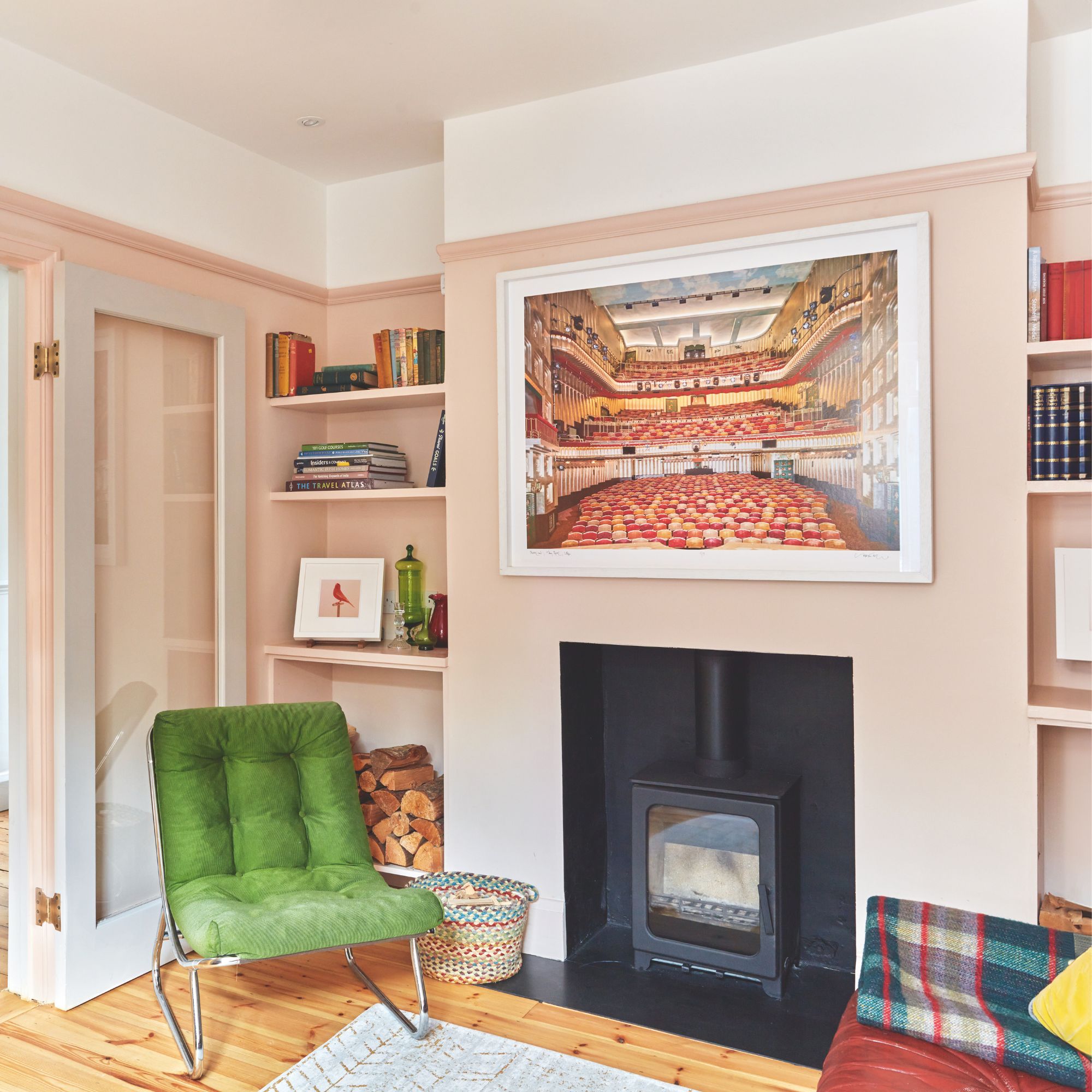
We all strive for a happy home, and filling yours with items that bring you happiness and joy is the first step towards it. However, Laura emphasises that recluttering is not an excuse to stock up on stuff. ‘It’s about striking a balance between creating a manageable environment and embracing items that make your space truly yours,' she clarifies.
Recluttering promotes mindful ways to declutter, yet ambiguity around what items deserve a space in our homes doesn’t sit well with some decluttering experts, who claim it allows unhealthy hoarding habits to creep in. Advocates argue it can be done successfully, assuming you take a few top tips on board.
Expert tips for how to reclutter your home
1. Rethink what counts as clutter
The first step towards a successful reclutter is to reframe your view of what constitutes ‘clutter’.
For so long we’ve been programmed with the minimalist mindset, the ‘less stuff the better’, but the reality is there’s nothing wrong with having things, as long as they mean something to you.
‘Not every item has a purpose, sometimes we want to keep an item simply because we like to look at it. This trend empowers us to enjoy the items in our home without feeling guilty for the space they take up. By carefully curating these items you will create a home with a happy memory or burst of joy around every corner,’ says professional organiser Dani Hardy of Dani Declutters.
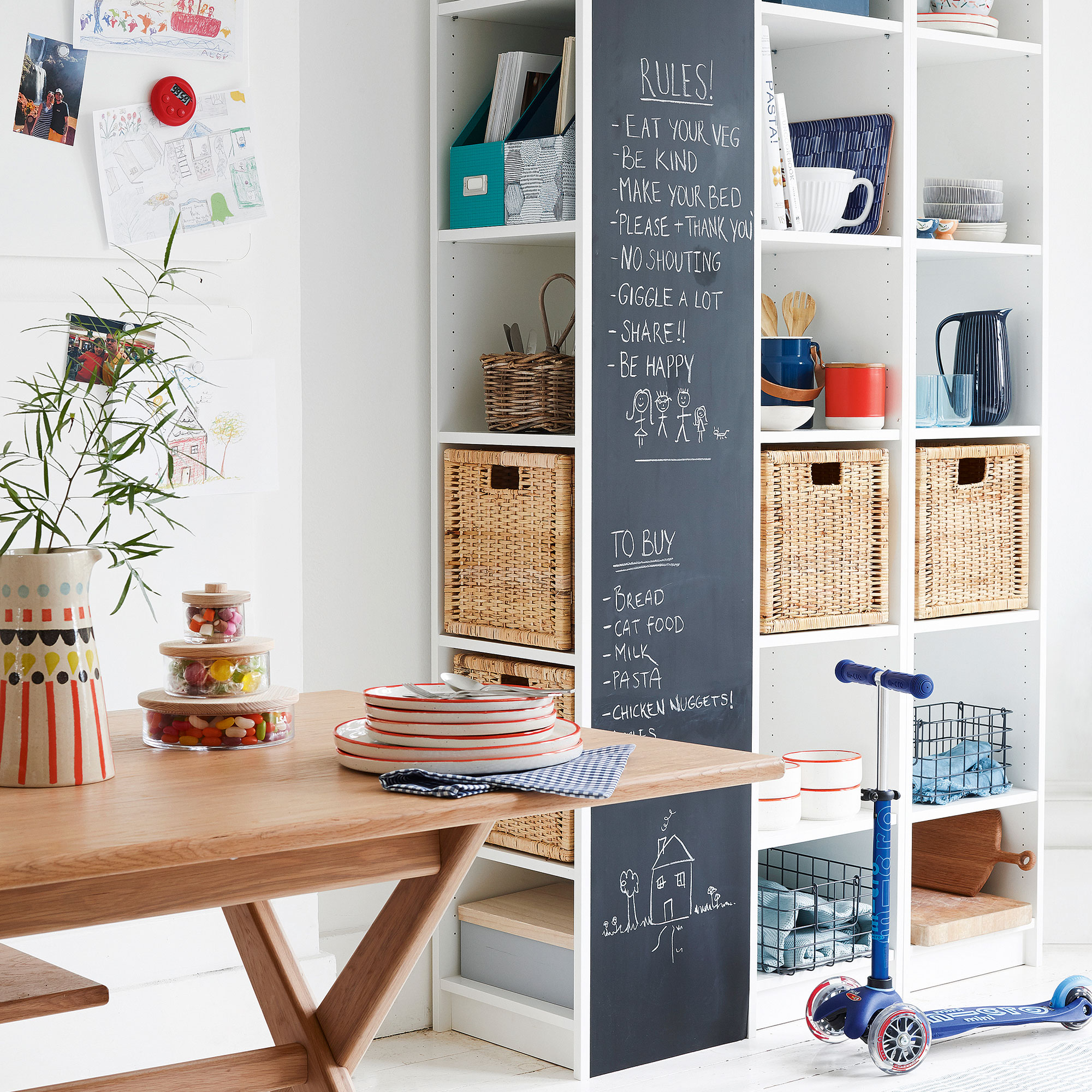

Dani is a patient, positive and passionate professional organiser and brings bucket-loads of energy to each client, helping them transform chaotic spaces into organised, calm functional environments they want to spend more time in.
2. Curate with purpose
Some items are simply just clutter, regardless of how you look at them (think broken, outgrown, unloved, out-of-date, essentially any item that holds no joy or value to you) but those that resonate with you deserve consideration.
‘Before you start introducing items into your space, ask yourself why you’re doing it. Does it spark joy? Serve a purpose? Reflect who you are now? If it’s a ‘just because’ item, that’s ok too – as long as it adds to your happiness without overwhelming the space.
‘Remember, it’s not about perfection or adhering to someone else’s version of “ideal.” It’s about creating a home that works for you, one intentional addition at a time,' says Laura.
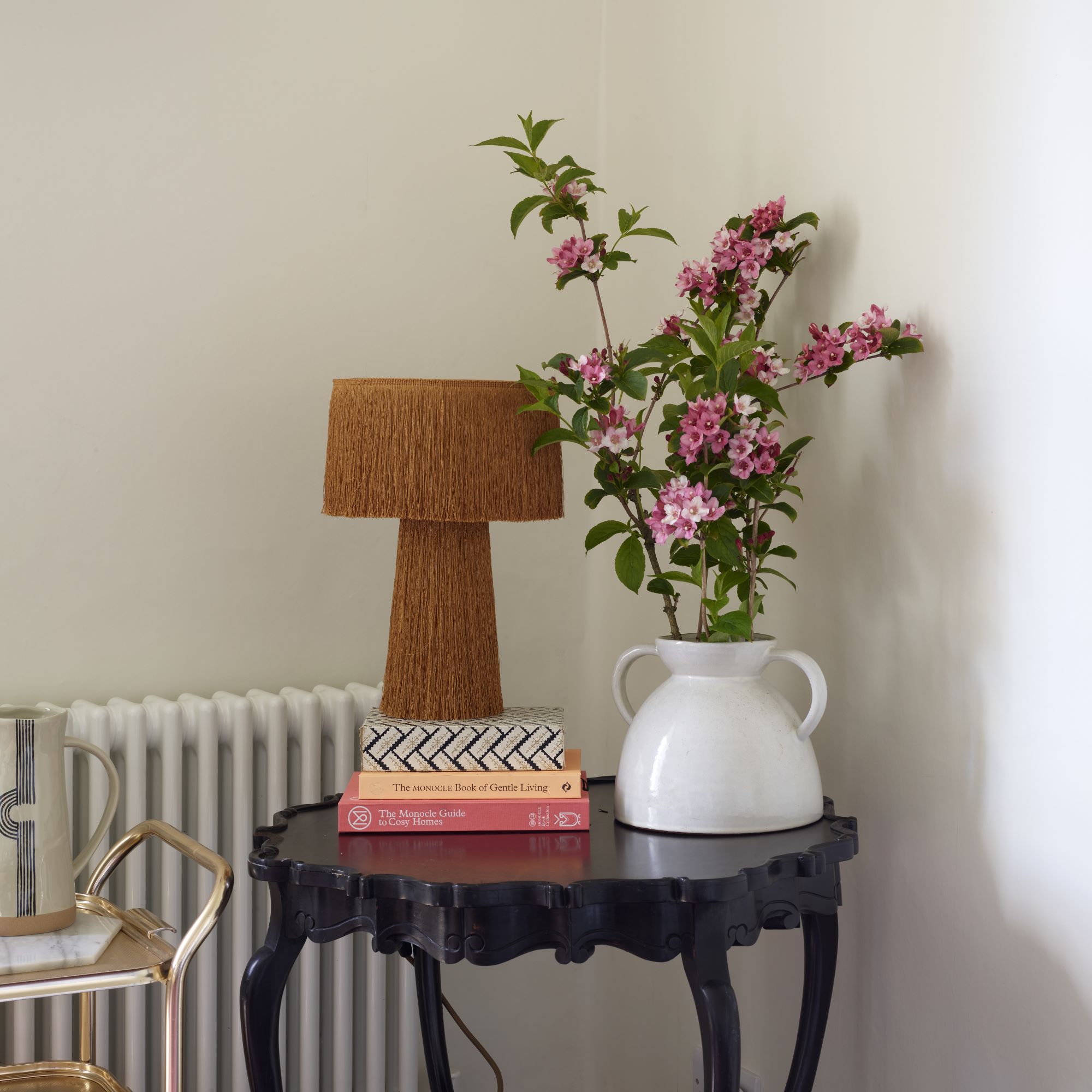
What sets a reclutter apart is that you don’t need to uncover the reasons behind why certain things make you happy – the fact that they resonate with you is enough. However, the key thing is to ensure they really do make you feel good.
‘When you’re assessing items, notice what feelings and emotions they bring to you. Create two piles, one for those that bring positive emotions and one for those that are neutral or negative.
Rehoming items that bring a smile to your face will create a positive living environment, and you should feel confident in discarding those that don’t,’ says therapist Malminder Gill of Malminder Gill Therapy.

Malminder is a globally-recognised therapist based on Harley Street in London. She has been the go-to choice for many a celebrity over the years and has helped many a client tackle stressful home projects (such as decluttering and renovations) and has simple, no-nonsense tips for overcoming the pressures and challenges they can bring.
3. Show off sentimental items
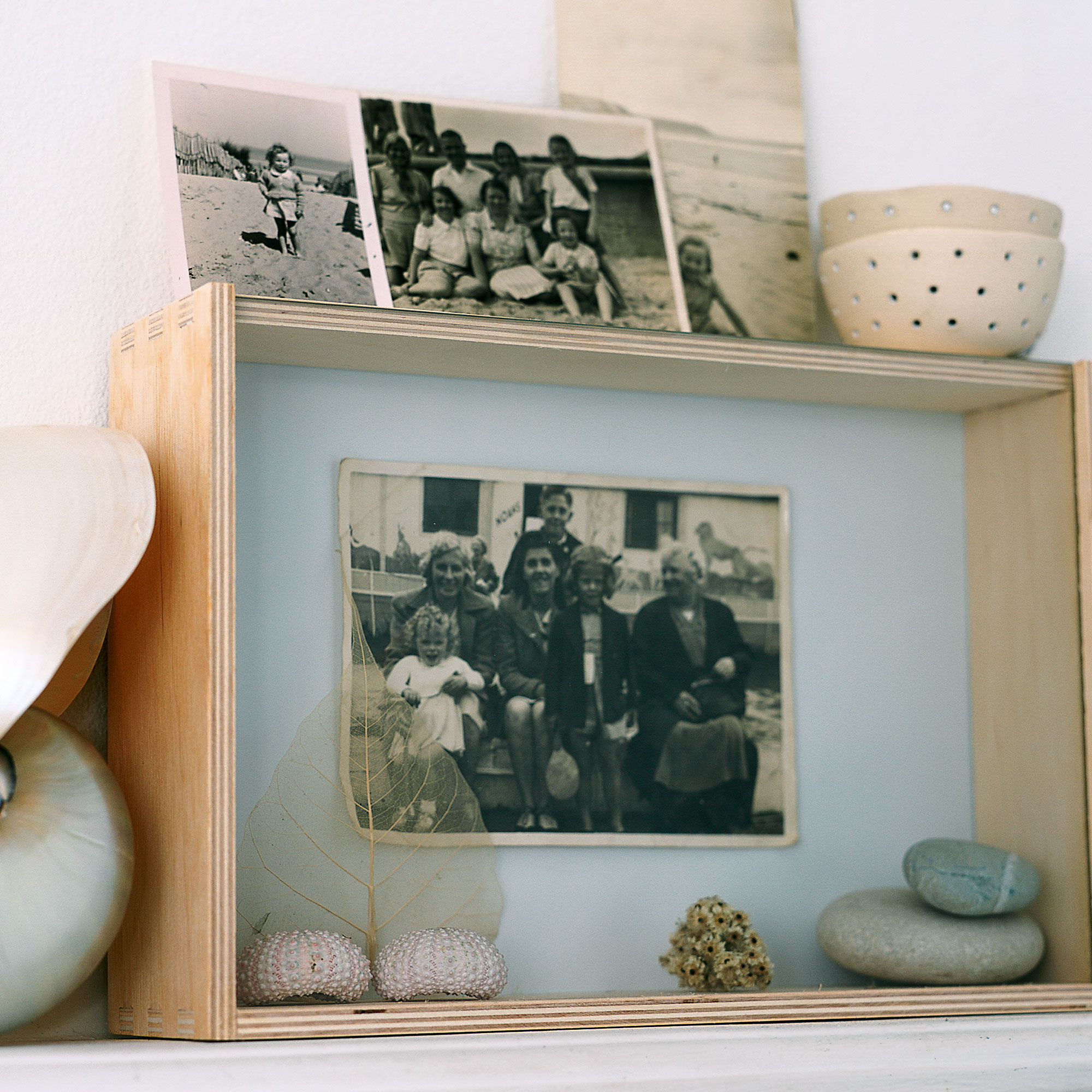
This feel-good approach can be particularly useful when getting rid of emotional clutter in the home. The fear of having to get rid of things we’re not ready to part with often holds us back from tackling sentimental items. Recluttering takes a more forgiving approach, the condition being that you work those items you’ve consciously chosen to hold onto into your home in a purposeful way that brings joy and happiness.
‘Gallery walls are one of my favourite ways of recluttering sentimental items that would otherwise remain boxed up and hidden, taking up space in the attic. Family photos make a house feel homely, while collections add personality – I recently framed all my husband’s car memorabilia, for example’, says Victoria Clark, APDO member and founder of By Victoria Clark.
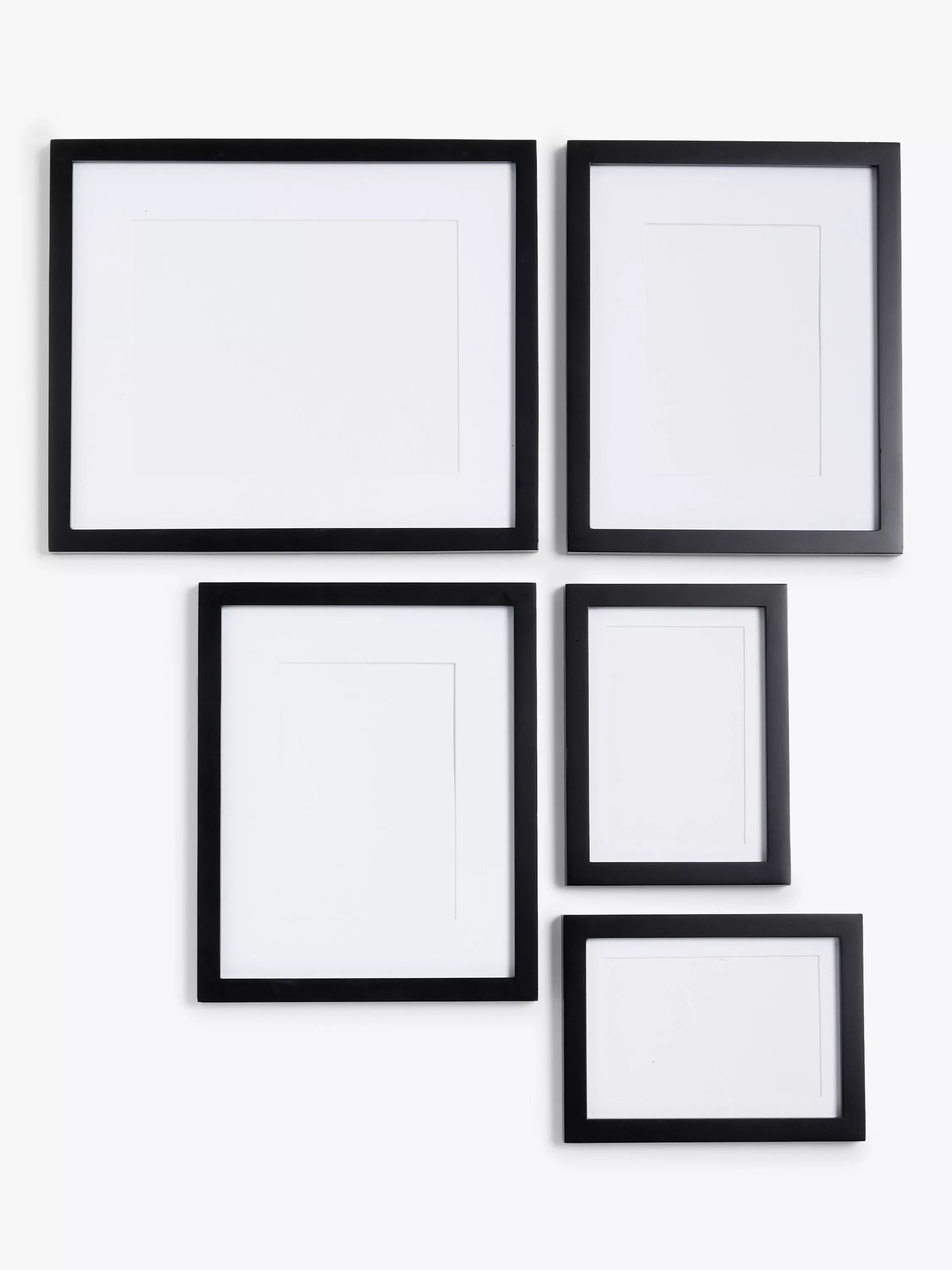
It's not just what you keep but how you display it.. create a stylish gallery wall with this set of 5 wooden frames, complete with layout templates for easy hanging. Perfect for showing off favourite photos, postcards, letters and other sentimental items.
4. Create meaningful displays
Recluttered homes do tend to have a more eclectic feel to them, but that’s not to say you needn’t be intentional with your styling choices. In fact, it’s essential that you are. Celebrating items you love, whilst also keeping your home practical and well-organised is the goal.
‘You don’t want it to look like you’ve just plonked items down on a shelf!’, says Dani. ‘Design the area you are focusing on thoughtfully and experiment with different heights, eras, colours and textures. I’d suggest starting somewhere small to reduce overwhelm, such as a mantelpiece or a windowsill, for example’.
Where possible, experts advise making practical use of items you’re keeping, even if that means straying away from its intended purpose. ‘If you don’t drink, consider using a favourite heirloom decanter as a vase, instead. Rather than sticking it in a cupboard, display it for all to see’, suggests Dani.
Victoria takes a similar ‘double-duty’ approach in her own home: ‘I have a beautiful recipe book from Ibiza that I was given as a gift. I have it out on the coffee table in our sitting room. It showcases my personality and makes me smile, plus I use it all the time, too!’
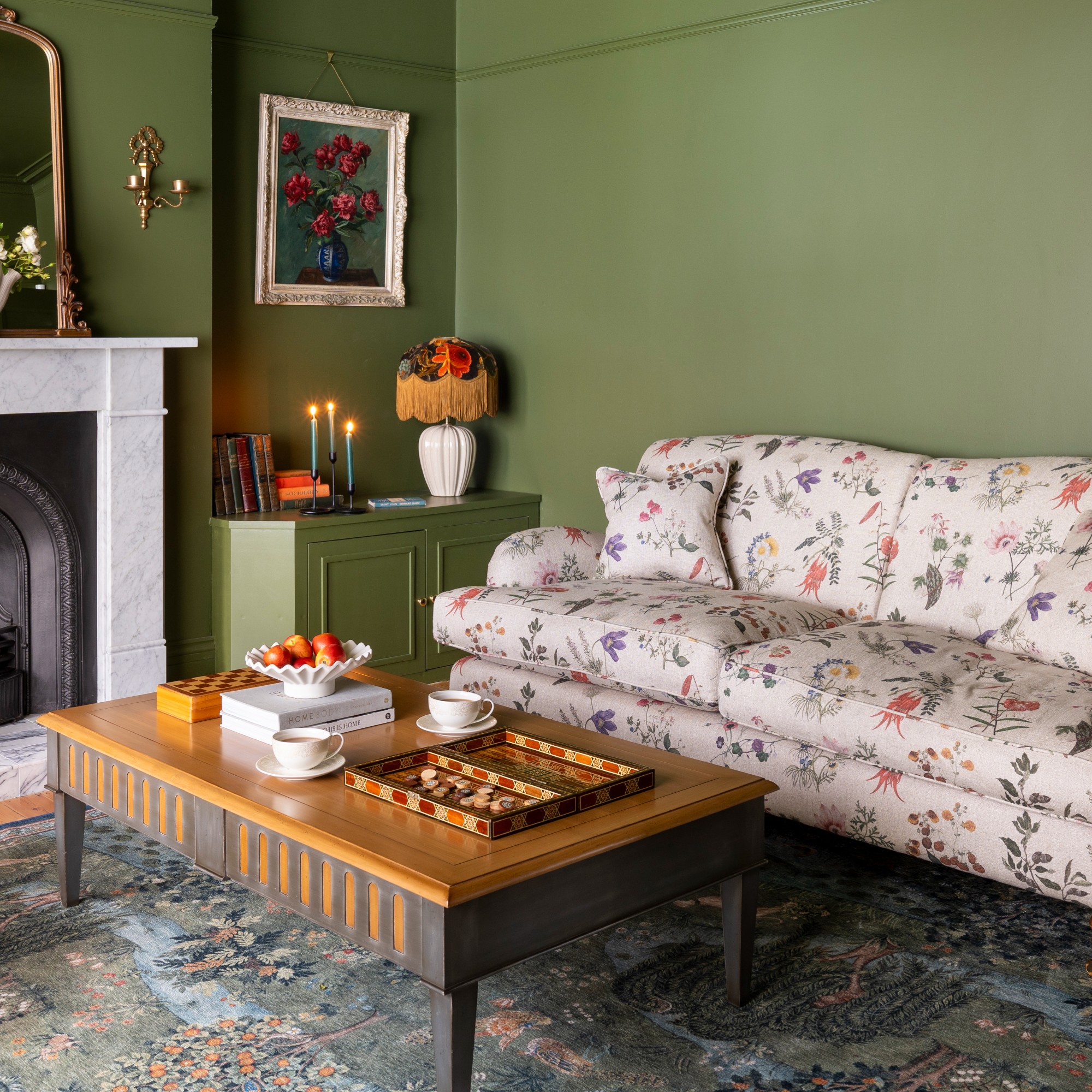
5. Set boundaries
Surrounding yourself with belongings you love is important, but there’s a balance to be had. What this balance looks like will depend on the individual – some of us are happy with a handful of sentimental belongings, others prefer a more maximalist approach.
‘Either way, be wary of filling a space for the sake of filling it’, says Laura.
‘Set yourself a capacity limit, such as a single shelf or a small drawer. Once that space is full, it’s time to reassess before you add more.. Live with empty space and let items find their way to you organically, when something sings to you, you’ll know it’s meant to be’.
Malminder agrees, and offers more advice; ‘if you’re struggling to decide which items to display, I recommend choosing a feeling you want your home to convey such as cosy, artsy or inspiring, for example. This can help you narrow down items that work with your theme’.
FAQs
What are the downsides of recluttering?
One of the positives of recluttering is its less pressured approach to getting rid of items, however, this isn’t without its issues. Ambiguity around what’s acceptable to keep – and what’s not – can be tricky for some people, particularly if they struggle to identify emotions and feelings. Some experts also argue it can be used as an excuse to hoard.
‘Life events, changes in circumstances of mental health challenges can all lead to impulsive recluttering and it’s all too easy to fall back into the habit of accumulating without intention. The clutter and stress you worked so hard to resolve can quickly resurface, so be sure to stay mindful and ensure each addition aligns with your goals’, says Laura.
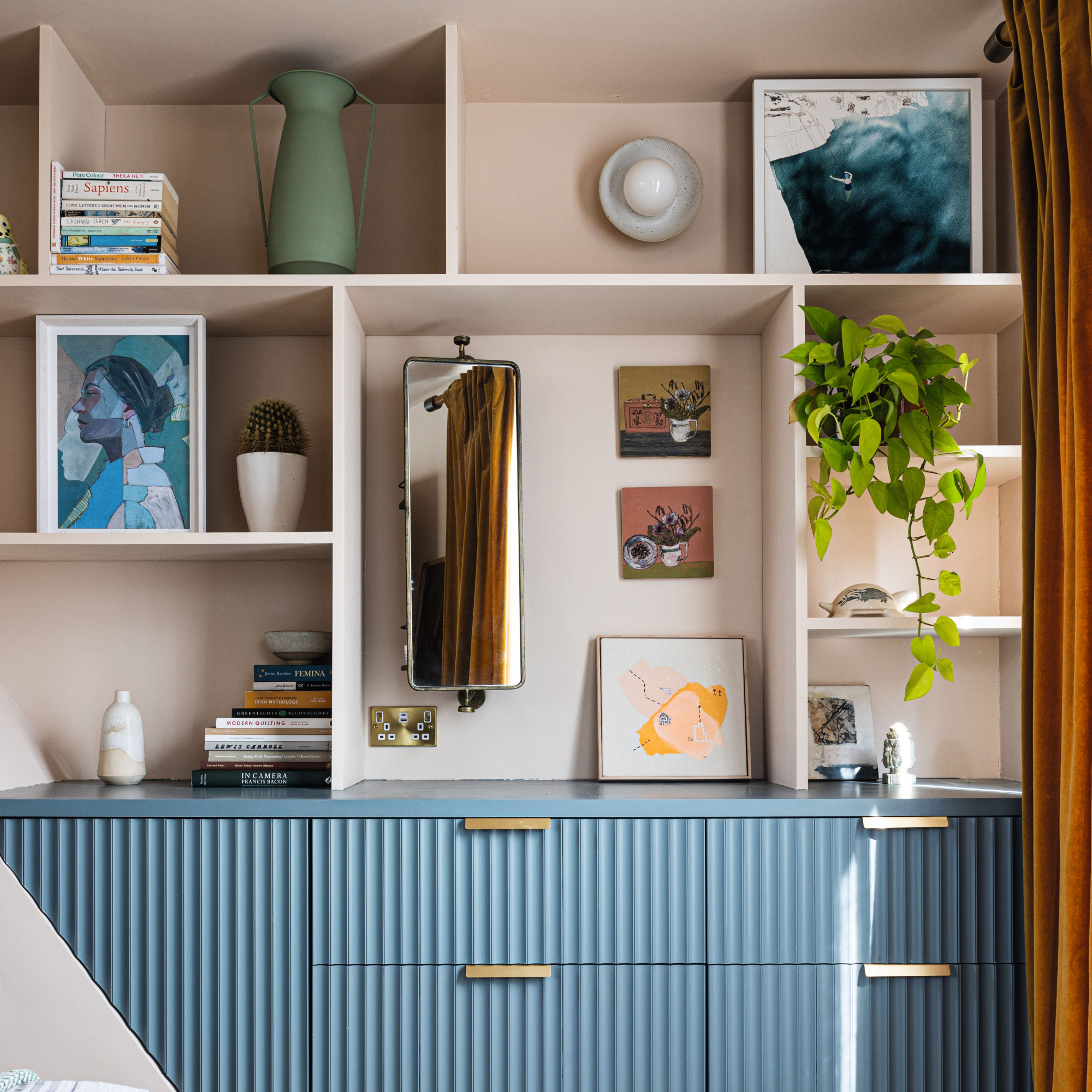
What are the wellbeing benefits of recluttering a home?
We all know how much of an impact our surroundings have on our wellbeing, and the very premise of recluttering is to surround ourselves with belongings that make us feel happy. A home that oozes personality, warmth and comfort… it’s hard not to see the benefits.
‘These items serve as daily reminders of special moments, places and people to create a home with personal history that feels safe and comforting. It helps us create a richer, more emotionally fulfilling living space’, explains Malminder.
Assuming you’ve achieved the right balance, it should also be a functional and usable space to spend time in, meaning easier routines, healthier habits and reduced stress levels.
Relieving yourself from the constant pressure to declutter (and bypassing feelings of guilt or regret) is another positive. Advocates also believe that taking a more considered approach to items in your home makes you less likely to impulse buy – better for your wallet, and the planet!
Reclutting could finally be the antidote to the throwaway culture extreme decluttering has started to encourage. Just be mindful of the pieces you choose to keep and don't use it as an excuse not to let go.
-
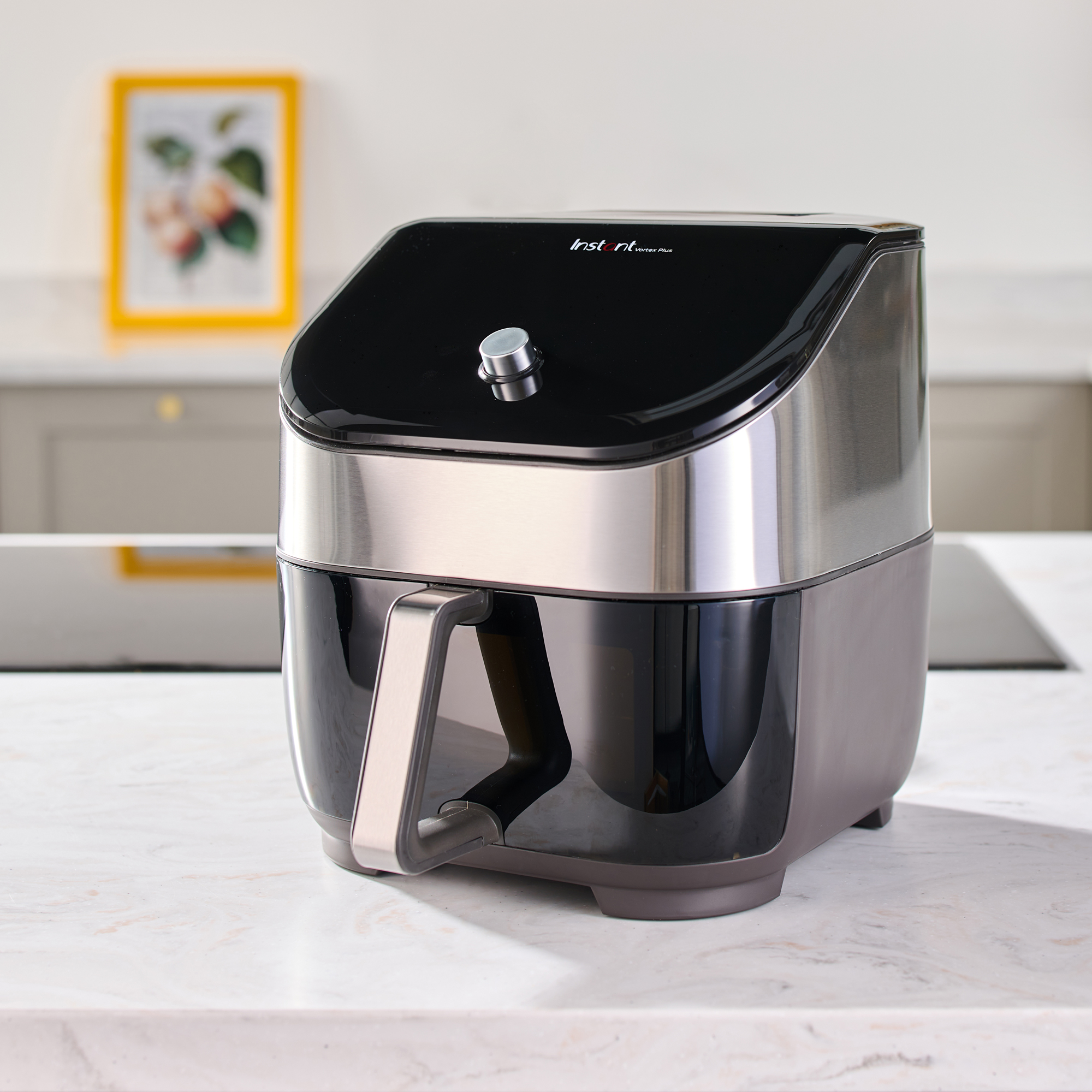 Should an air fryer be on display in a kitchen or hidden away? This is why I always keep my small appliances on the worktop
Should an air fryer be on display in a kitchen or hidden away? This is why I always keep my small appliances on the worktopAre you on team display or neatly hidden away? Share your opinion in the comments
By Rebecca Knight
-
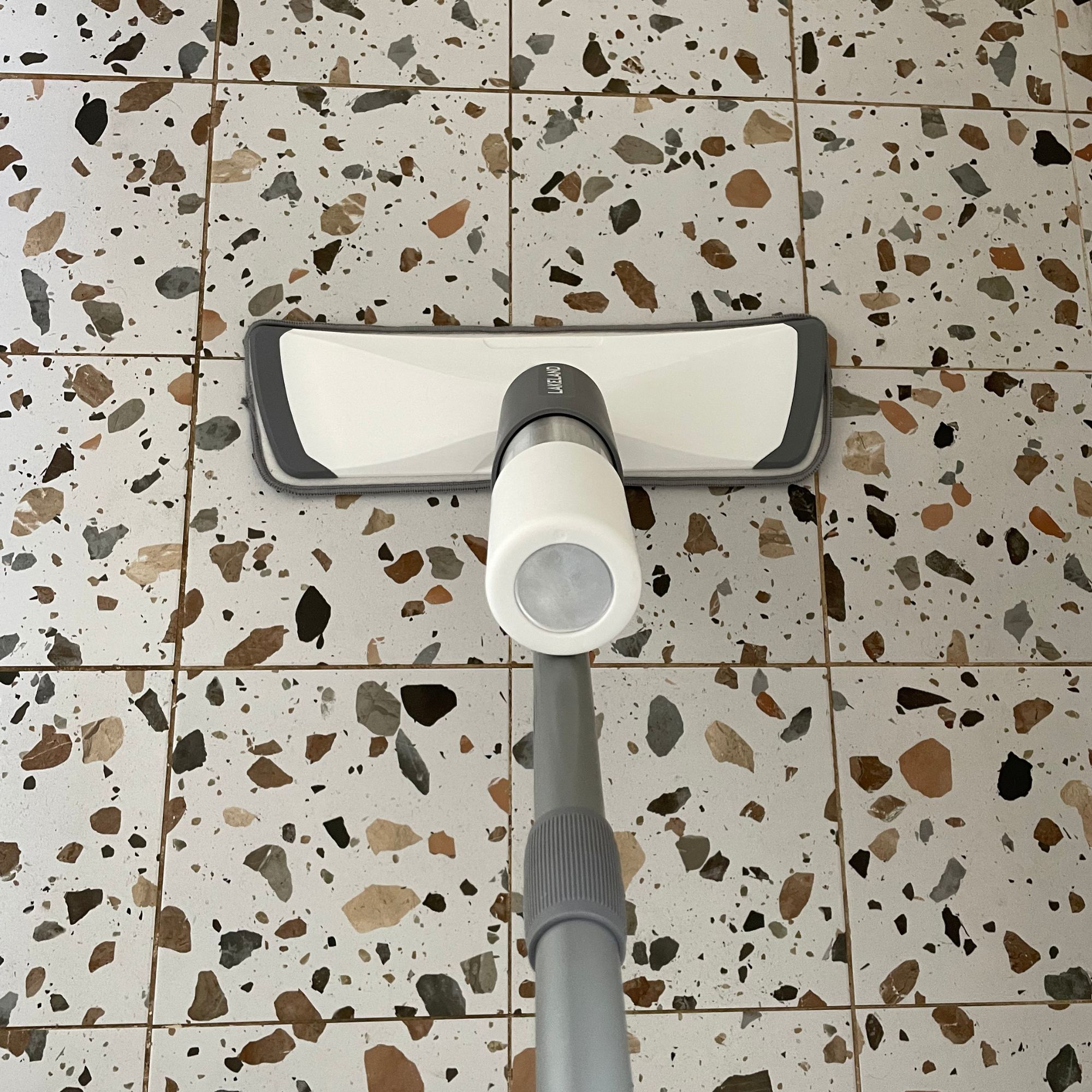 Experts warn that these 5 mopping mistakes are making your floors dirtier — and damaging your floors in the process
Experts warn that these 5 mopping mistakes are making your floors dirtier — and damaging your floors in the processThis is how to keep them clean and avoid costly damage
By Lauren Bradbury
-
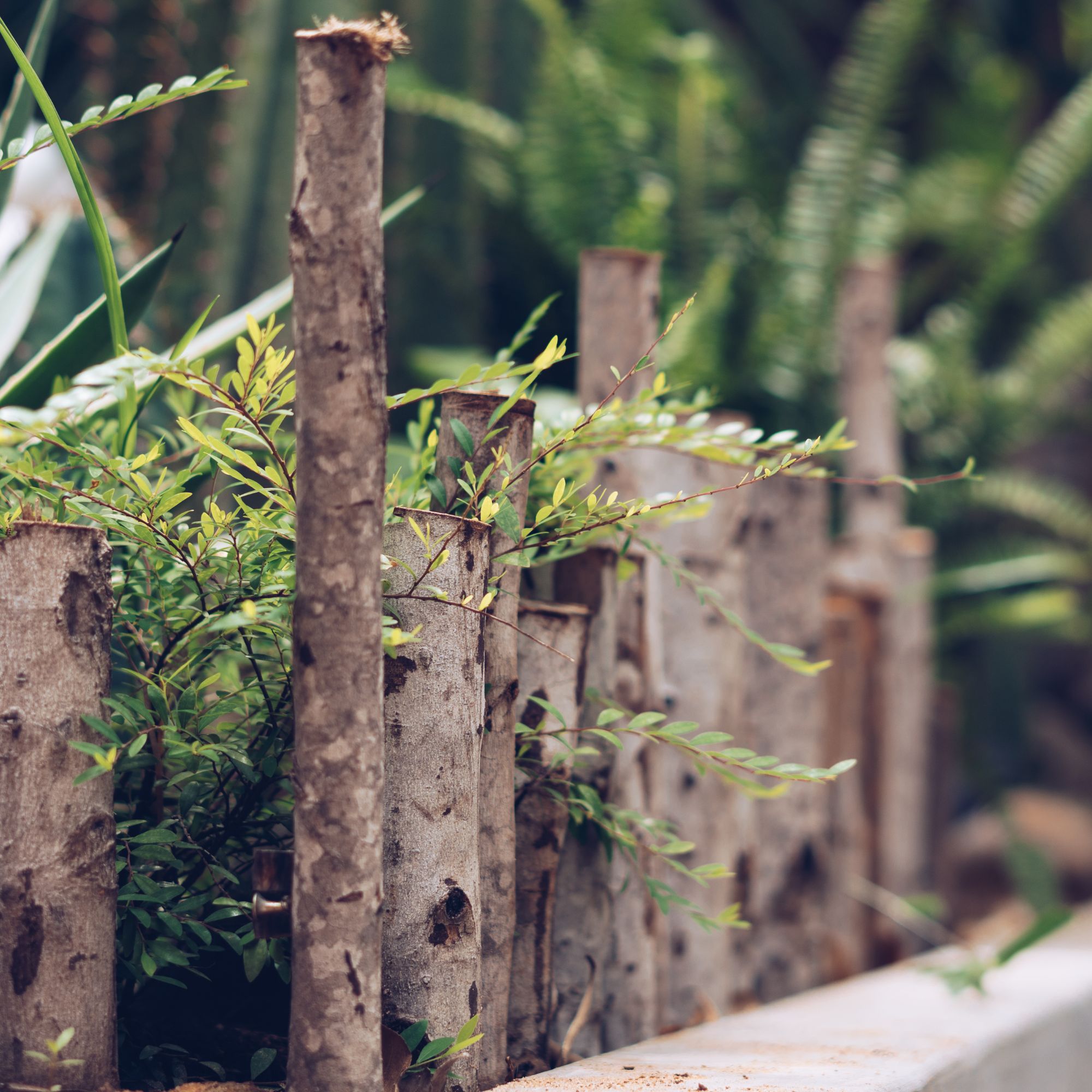 Move over, fences – dead hedges are the wild and wonderful alternative your garden will love and they're easier to build than you'd think
Move over, fences – dead hedges are the wild and wonderful alternative your garden will love and they're easier to build than you'd thinkThe perfect eco-friendly solution for small gardens
By Kayleigh Dray
-
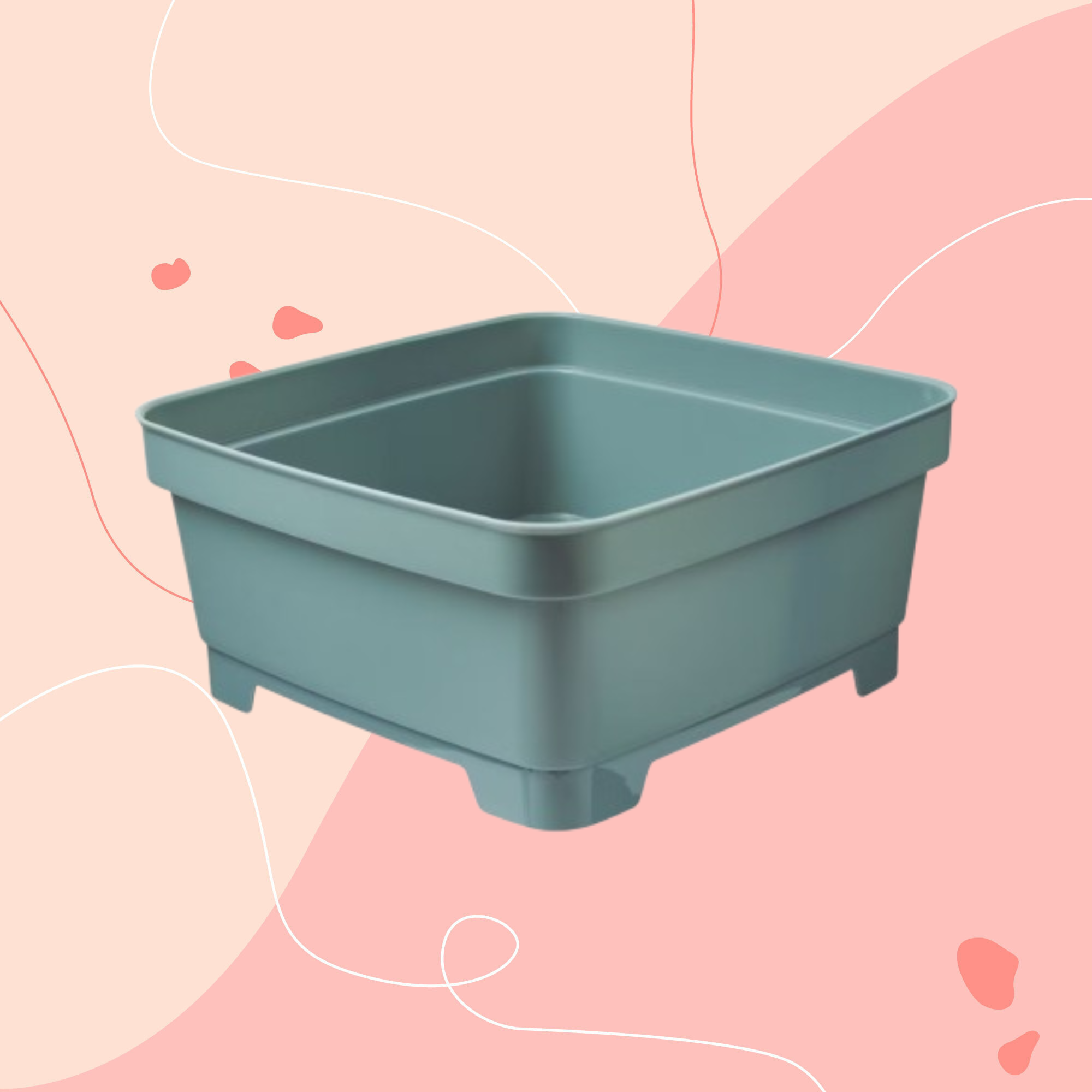 Aldi is releasing a budget alternative to the cult Joseph Joseph washing up bowl – it’s just £4.99
Aldi is releasing a budget alternative to the cult Joseph Joseph washing up bowl – it’s just £4.99The Joseph Joseph washing up bowl is an Ideal Home favourite - now we can't wait to try Aldi's alternative
By Kezia Reynolds
-
 I just bought my first home, and this £10 buy was the very first thing I bought for it to make it feel warmer and secure
I just bought my first home, and this £10 buy was the very first thing I bought for it to make it feel warmer and secureIf I did it all again, this would still be my very first buy
By Rebecca Knight
-
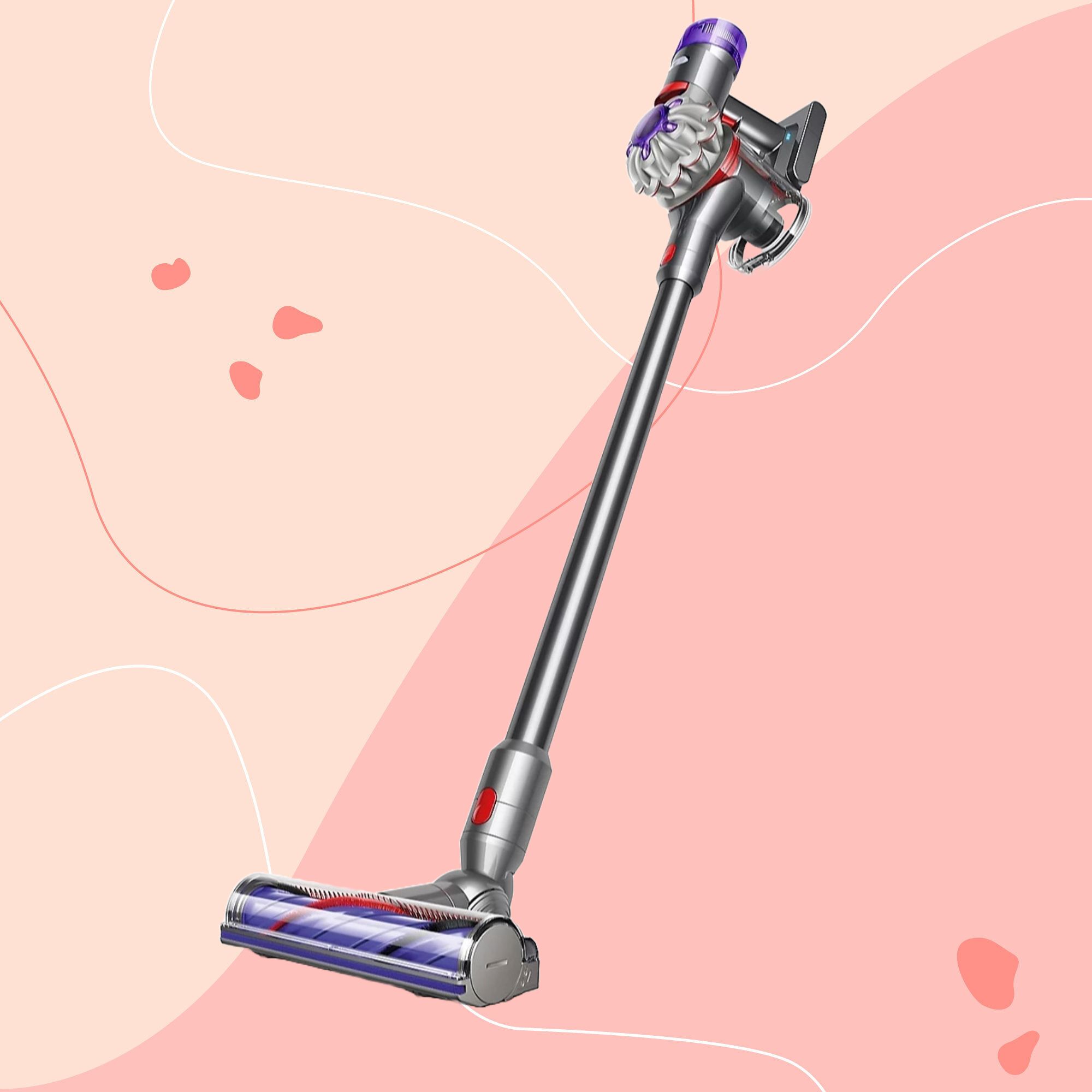 It’s normally impossible to find a Dyson vacuum for under £250 — but QVC has slashed the price of their bestselling models for a limited time
It’s normally impossible to find a Dyson vacuum for under £250 — but QVC has slashed the price of their bestselling models for a limited timeRun don’t walk to pick up the brand’s bestselling model for under £230 before it sells out
By Lauren Bradbury
-
 Catherine Zeta-Jones has revealed the cleaning product she swears by to keep her home fresh - and it’s just £8 on Amazon
Catherine Zeta-Jones has revealed the cleaning product she swears by to keep her home fresh - and it’s just £8 on Amazon'I use it on my counters. I use it on my walls. I use it on my doors. When I smell it, I know my house is clean.'
By Kezia Reynolds
-
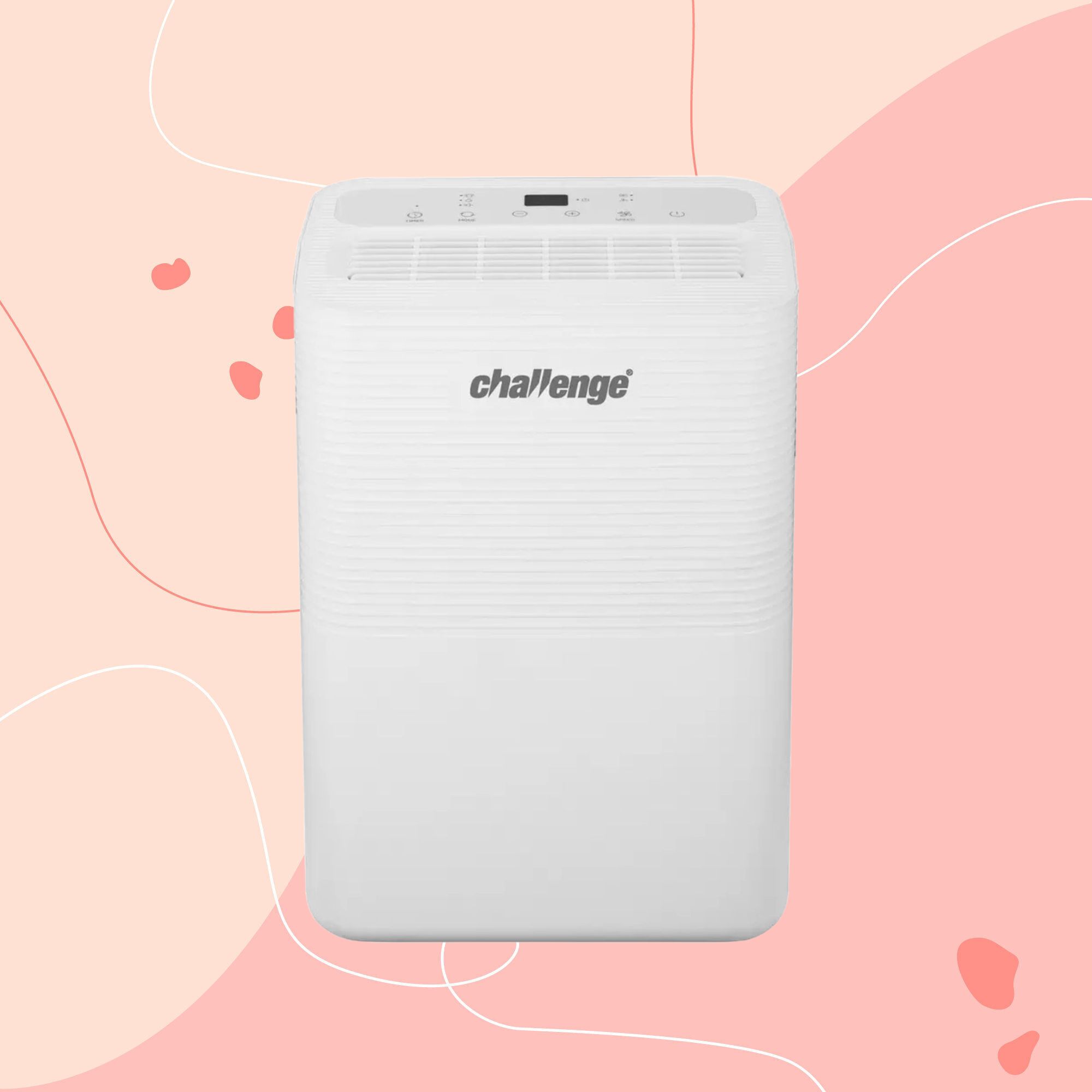 I tested the 12L Challenge dehumidifier in my damp Victorian home over winter — I haven’t spotted any signs of mould for the first time in five years
I tested the 12L Challenge dehumidifier in my damp Victorian home over winter — I haven’t spotted any signs of mould for the first time in five yearsThe Challenge 12L dehumidifier doesn’t have too many bells and whistles, but I can already see the difference it’s made to my damp home
By Lauren Bradbury
-
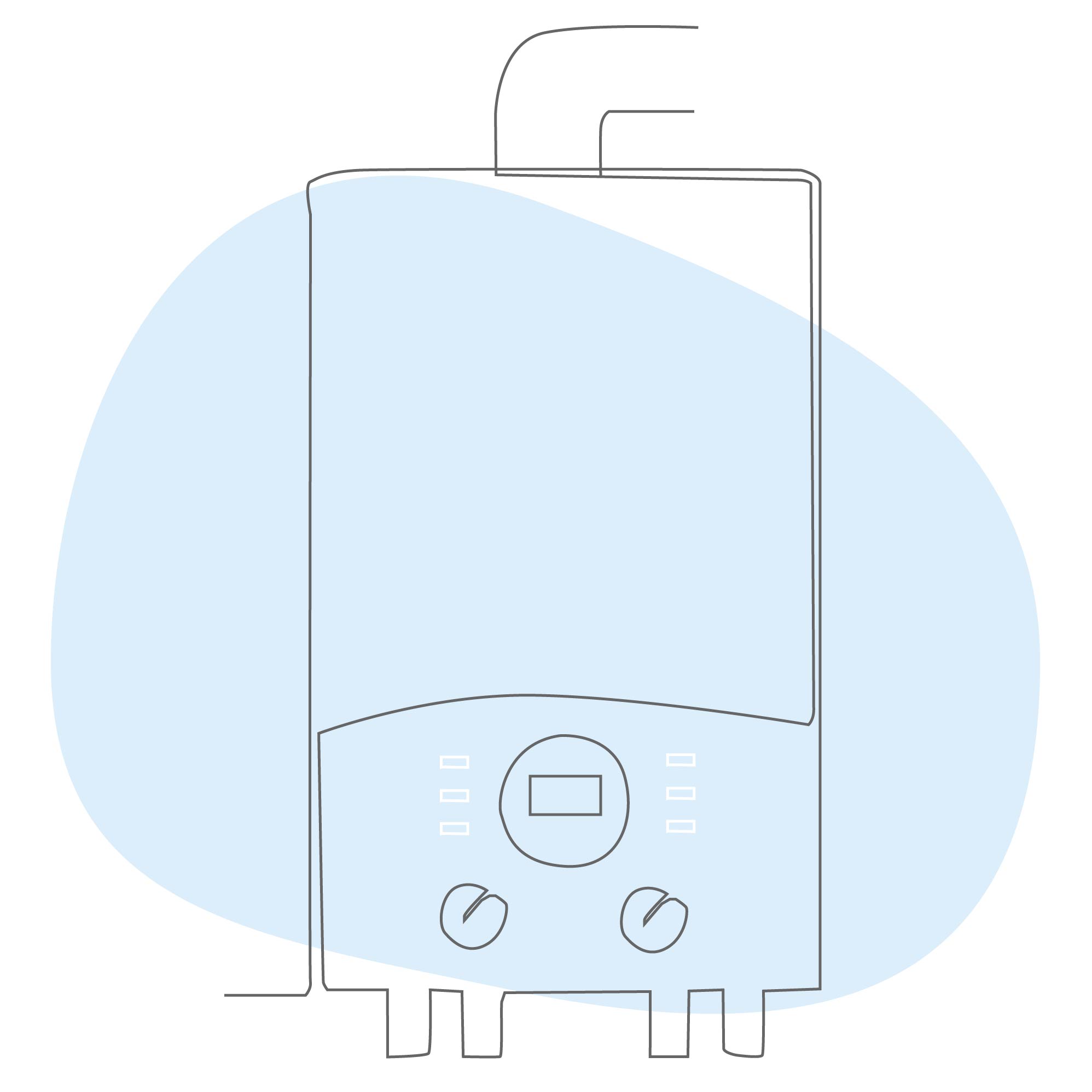 What is boiler flow temperature? Heating experts urge you to check yours now as you could be overpaying on your energy bills
What is boiler flow temperature? Heating experts urge you to check yours now as you could be overpaying on your energy billsTurning this little-known number down just a few degrees can result in some serious savings
By Lauren Bradbury
-
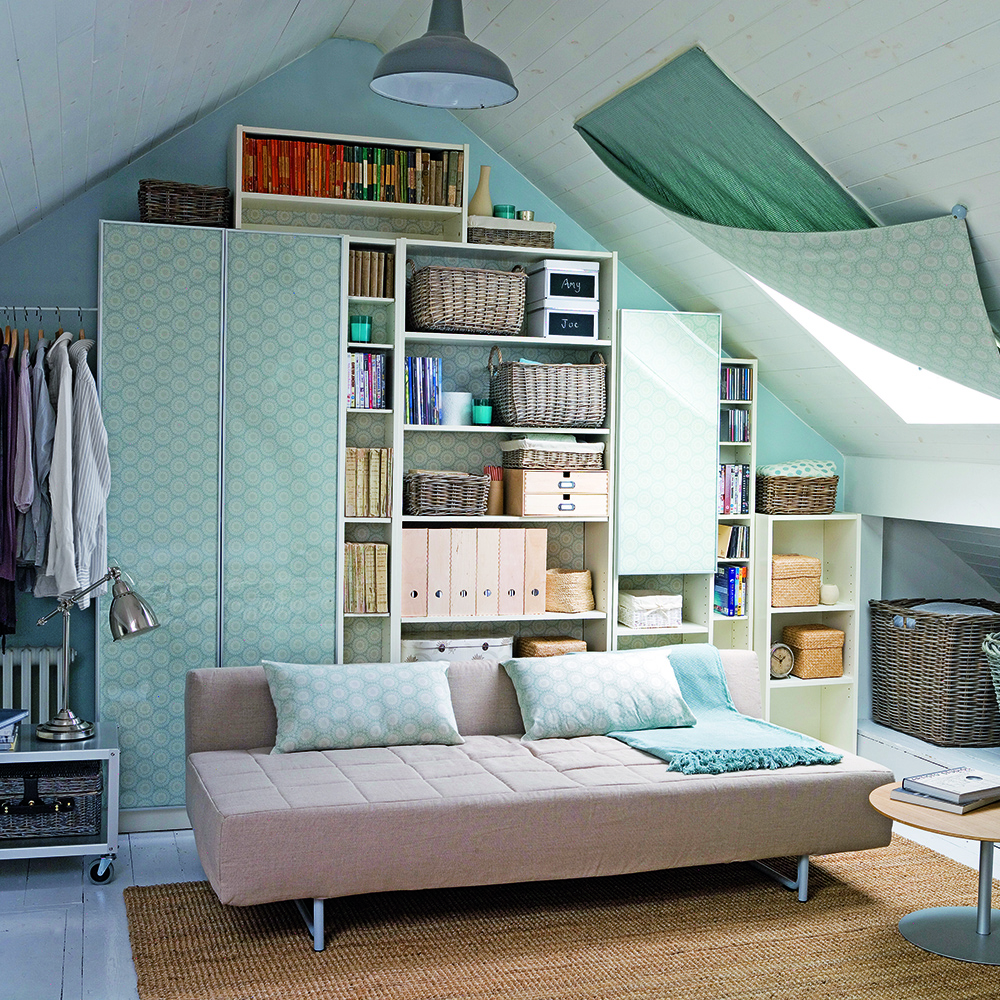 Stacey Solomon has shared 5 nifty wardrobe storage hacks to make getting ready in the morning easier — and they're genius
Stacey Solomon has shared 5 nifty wardrobe storage hacks to make getting ready in the morning easier — and they're geniusThese five wardrobe storage hacks are a gamechanger
By Katie Sims
-
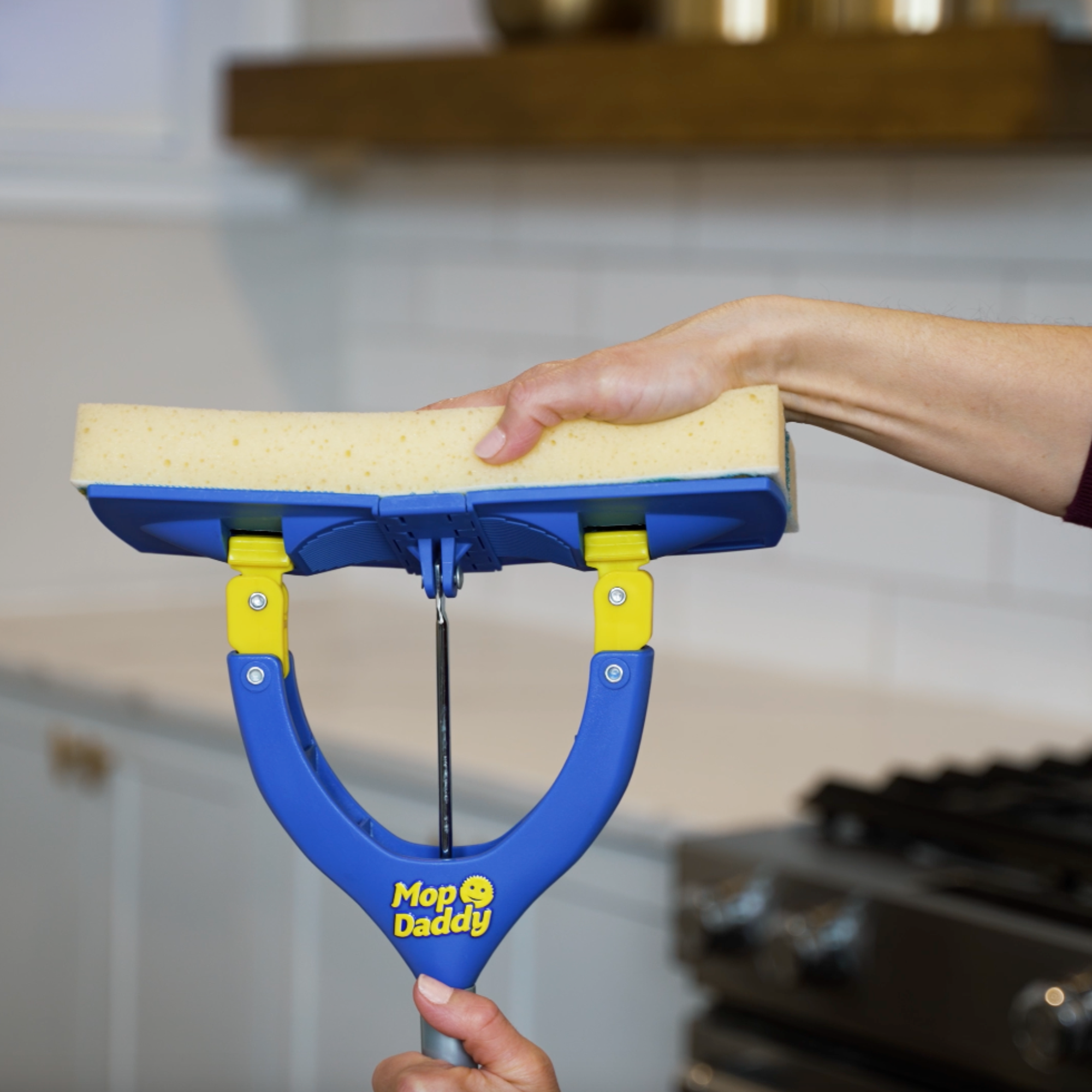 Cult cleaning brand Scrub Daddy has just launched a brand new butterfly mop — could it be the ultimate solution for banishing stubborn marks on your floor?
Cult cleaning brand Scrub Daddy has just launched a brand new butterfly mop — could it be the ultimate solution for banishing stubborn marks on your floor?We're obsessed with all things Scrub Daddy
By Kezia Reynolds
